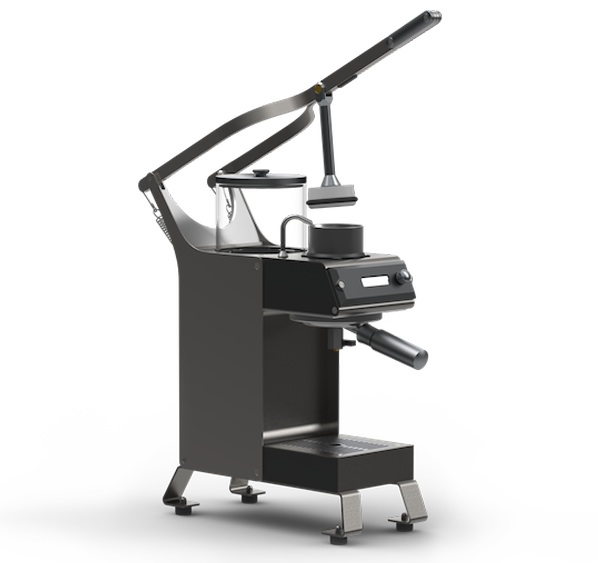At an unlikely intersection of culture, engineering and design, carmaker Lexus’ Japan branch has been getting very serious about coffee.
It begins with the space, a public meeting area/coffee bar called Intersection that occupies the first floor of a Lexus Japan-owned building in the Aoyama neighborhood of Tokyo. For the menu design, drink program and equipment outfitting, Lexus Japan commissioned the Oslo-based powerhouse coffee/cocktail/furniture brand Fuglen, which opened its own branded Tokyo outpost in Tomigaya, its first location outside Oslo, in 2012.
- Nordic coffee and design by Fuglen at Intersection in Tokyo. Photos courtesy of Fuglen.
- Nordic coffee and design by Fuglen at Intersection in Tokyo. Photos courtesy of Fuglen.
- Nordic coffee and design by Fuglen at Intersection in Tokyo. Photos courtesy of Fuglen.
- Nordic coffee and design by Fuglen at Intersection in Tokyo. Photos courtesy of Fuglen.
(related: Say Hello to Gothicism: The Goth-Steampunk-Dutch-Korean Cold Brewer)
“The aim was to cultivate an atmosphere that facilitates communication between people through refined coffee,” Lexus says of the Fuglen partnership. Open to the public, Intersection maintains a selection of three coffees from Nordic roasters. “We have prepared a wide range of exquisite coffees and I want people to be able to enjoy the distinctiveness of the blends we create every day,” Fuglen owner Einar Kleppe Holthe said during the project’s public debut. “Just like tasting differences between different wines, guests should be able to find clear differences in the coffee they drink here.”
Most recently, Intersection hosted Blossom Coffee brewer founder and inventor Jeremy Kuempel its latest the “Workshop by Lexus” series, during which the company shines a spotlight on trendsetters from Tokyo and beyond in the worlds of fashion, music, art and cuisine. The workshop also included Fuglen Tokyo’s Kenji Kojima, while Kei Wakabayashi of Wired Japan moderated.
(related: From Melbourne to Paris to Tokyo: Inside the New Coutume Cafe)
A former engineer with Apple and Tesla, Kuempel provided some fascinating insight into the design of the Blossom One brewer, which debuted at the SCAA Event earlier this year as a highly controlled single-cup commercial brewing system. Here’s some of the transcription from Lexus:
“During the experimental stages, we measured the pH levels and made qualitative and quantitative observations,” Mr. Kuempel explained. “In the quantitative tests, we used an AeroPress and produced six extraction temperatures, with extraction time patterns for each one, resulting in a total of 36 cups of coffee, and then plotted their flavors on a graph. By calculating a coefficient for the flavor, we were able to produce the best-tasting coffee every time. In a way, there is a similarity to music before the invention of records. Before we could record music, a piece could be preserved only in the form of sheet music. With eventual advances in technology though, and the ability to record actual sound, it became possible to listen to an artist’s performance and understand his or her true intentions. In our case, the machine is able to reproduce the flavor that was originally intended by the artist – in this case, the coffee-roaster.”
For more, check out Lexus Japan’s full recap.
(related: Fashion and Coffee in Tokyo: Four Boutiques with Stellar Cafes)
Nick Brown
Nick Brown is the editor of Daily Coffee News by Roast Magazine.
Comment
1 Comment
Comments are closed.











Lexus, design, and coffee. This sounds bad already.